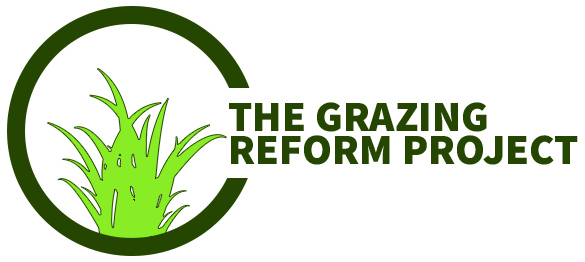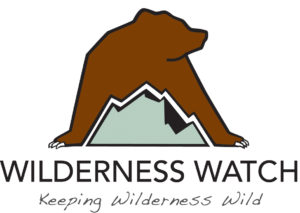Get Involved
You can help reform the poor manner in which grazing on Northern California's public lands is managed. Consider these options for volunteer work with the Project:
Document grazing impacts with the Project
On-the-Ground grazing monitoring as practiced by the Project involves walking those parts of wilderness areas and other public lands where livestock grazing occurs. We walk the grazing allotments from May through October conducting surveys and using photographs and video to document the impacts to springs, stream-side vegetation, water quality, meadows and wetlands that result from poorly managed grazing.
Before grazing begins we use the recorded calls of the Willow Flycatcher to determine if these increasingly rare species are present in large stands of willow within the areas that are grazed and nearby. We have documented Willow Flycatchers in large, dense willow stands outside grazing areas; but we have never found these birds in willow stands where grazing occurs.
Project volunteers monitor the overlapping use of headwater meadow systems where grazing is concentrated by livestock and expanding wild elk herds. Elk and cattle are both grazers but both species also browse, particularly on willows in the fall. Forest Service and BLM managers are supposed to adjust the number of livestock permitted to graze in an area so that there is enough forage for wild elk. Unfortunately, federal managers rarely reduce the number of cattle permitted to graze on public land in order to accommodate expanding elk herds.
Documenting grazing impacts on your own
If you are a frequent wilderness user, you have likely encountered livestock during your wanderings. Most livestock grazing in Northern California is by cattle, but sheep and horses are also grazed on public land. Encounters with livestock grazing in wilderness often presents an opportunity to take a photo of a trampled spring or streambank, animal waste deposited directly into water or other negative impacts. Photos and videos you provide which show livestock damage to springs, streambanks and wetlands will be used by Project staff to make the case for better management, like requiring that owners ride the range weekly, rotating livestock among the pastures of an allotment.
Scientists Needed
The Project aims to back up our on-the-ground documentation of public land grazing's negative impacts with expert testimony from scientists and other experts. We need hydrologists to assess and provide testimony on the impact of trampled headwater springs and wetlands on baseflow in streams below. Expert birders are needed to determine if Willow Flycatchers are able to breed successfully in willow stands which are fragmented and degraded as a result of poorly managed grazing. And we need wild ungulate experts to assess the impact of competition for public land forage by livestock and elk. If you have expertise in these areas we can use your help.
Take Action for Clean Water
The State of California is responsible for implementing the Clean Water Act on federal, state and private land within the state. That responsibility is delegated to Regional Water Quality Control Boards. Regional Water Boards have the authority to require that public land managers require regular herding and other management practices to control pollution.
Please take a moment to tell the North Coast Water Board that public land grazing is not being managed properly in Northern California and that, as a result, what should be our cleanest water is being polluted at the source. Ask the North Coast Board to require regular herding to keep livestock out of wetlands and away from stream-sides in order to protect water quality. Send an email to the North Coast Water Board at: [email protected]. For other ways to contact the North Coast Water Board visit their webpage at this link.
If you have observed any activity, physical evidence of an activity or have knowledge of what you think may be a possible illegal act or unauthorized release that caused harm or damage to California's public health or environment, the California Environmental Protection Agency (Cal/EPA) says they would like to know about it. Use Cal EPA’s Environmental Complaint Form to file an environmental or public health complaint.
Contact us to volunteer
While the Project Coordinator and staff are paid for some grazing work, on-the-ground grazing monitoring by the Project is 100% volunteer. The Project does provide reimbursement for monitoring expenses approved in advance, including mileage to and from monitoring locations and camping food for trips into the wilderness with Project staff.
If you would like to volunteer in one of the ways described above contact us via Project Sponsor E.P.I.C.
When you use the link you will be taken to the EPIC volunteer page. Fill in the requested information then scroll down, check the "Grazing Monitoring" box, then click the "Submit" tab. Someone from the Project will contact you to match your volunteer preferences with the Project's needs.


